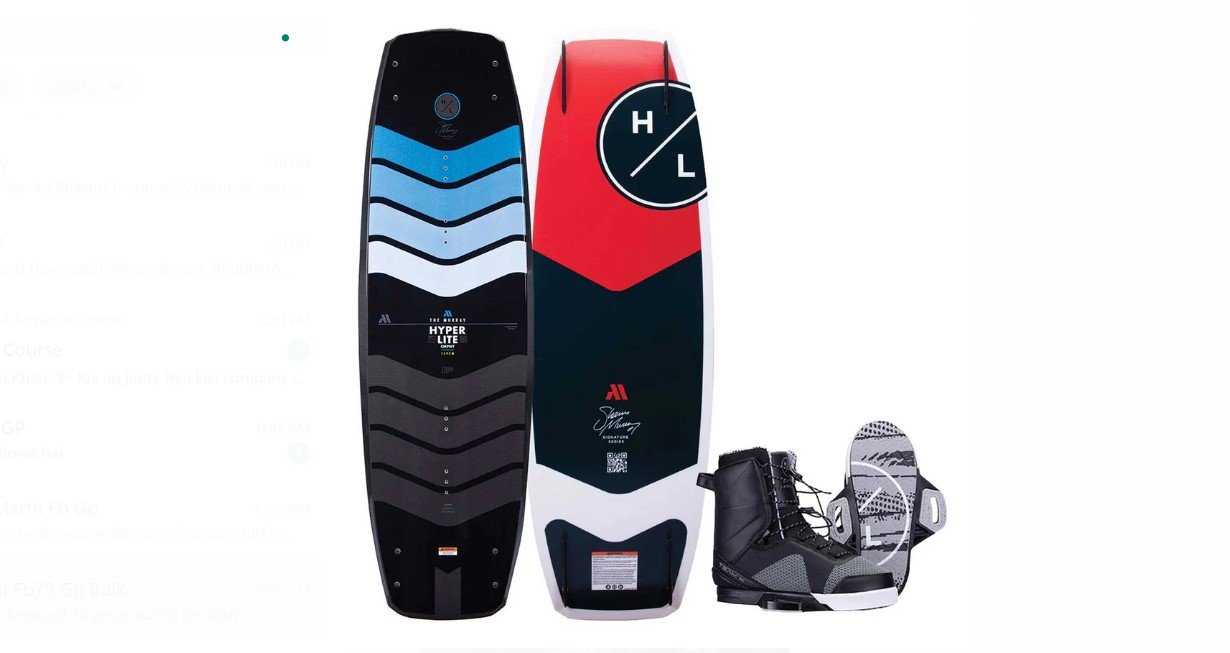
Water Sports Safety Tips for Beginners
Engaging in water sports can be a thrilling and enjoyable experience. However, safety should always be a top priority, especially for beginners. Understanding the risks involved and how to mitigate them can ensure a safe and enjoyable experience on the water. In this article, we’ll cover essential safety tips for beginners venturing into the world of water sports.
To equip yourself with the best gear for water sports, visit Bart’s Water sports.
1. Understanding Water Sports Risks
1.1 Common Risks
Water sports can pose various risks, including drowning, injuries from equipment, and exposure to harsh weather conditions. Familiarizing yourself with these risks is the first step towards ensuring safety.
1.2 Importance of Preparation
Preparation can significantly reduce the likelihood of accidents. This includes knowing your abilities, understanding the water conditions, and being aware of the environment.
2. Essential Safety Gear
2.1 Personal Flotation Devices (PFDs)
Regardless of your swimming ability, wearing a properly fitted PFD is crucial. It keeps you buoyant and helps prevent drowning in case of an accident.
2.2 Protective Gear
Depending on the activity, additional protective gear may be necessary. For example, a helmet is essential for activities like kayaking or wakeboarding, while a wetsuit can provide insulation and protection from abrasions.
2.3 First Aid Kit
Always carry a basic first aid kit when participating in water sports. It should include items like band-aids, antiseptic wipes, and any personal medications you may need.
3. Basic Water Sports Safety Tips
3.1 Know Your Limits
As a beginner, it’s vital to know your limits. Start with activities that match your skill level and gradually progress as you gain more experience and confidence.
3.2 Stay Hydrated
Hydration is often overlooked but is essential, especially in hot weather. Drink plenty of water before and after your activities to avoid dehydration.
3.3 Warm-Up and Stretch
Before engaging in any water sports, take the time to warm up and stretch. This can help prevent injuries and prepare your body for the physical demands of the activity.
4. Understanding Water Conditions
4.1 Check Weather Conditions
Always check the weather forecast before heading out. Sudden changes in weather can create dangerous conditions. Be aware of wind speeds, storms, and temperature changes.
4.2 Know the Water Conditions
Understanding the water conditions is vital for safety. Look for information on tides, currents, and water temperature. This knowledge can help you choose the best time and place for your activity.
Read also: Beautiful:1lsfxpy_Qdg= Beaches
5. Group Safety Measures
5.1 Buddy System
Never participate in water sports alone, especially as a beginner. Always use the buddy system, as having someone with you can provide assistance in case of emergencies.
5.2 Inform Others of Your Plans
Before heading out, let someone know your plans, including where you’re going and what time you expect to return. This precaution can be crucial if something goes wrong.
6. Conclusion
Participating in water sports can be an exciting way to enjoy the outdoors, but safety should always be your top priority. By following these safety tips, beginners can reduce risks and have a more enjoyable experience on the water.




